Hello,well-wishers!! It’s me, AFIF AL TAMIM. I will talk about the differences between natural and synthetic fibers today. Stay tuned.
One of the most crucial decisions we must make when choosing clothing is whether to use synthetic or natural fibers. Each has unique advantages, disadvantages, and effects on the environment. To assist you in making well-informed decisions for apparel, home textiles, and other fabric requirements, this article offers a thorough explanation of the distinctions between natural and synthetic fibers.
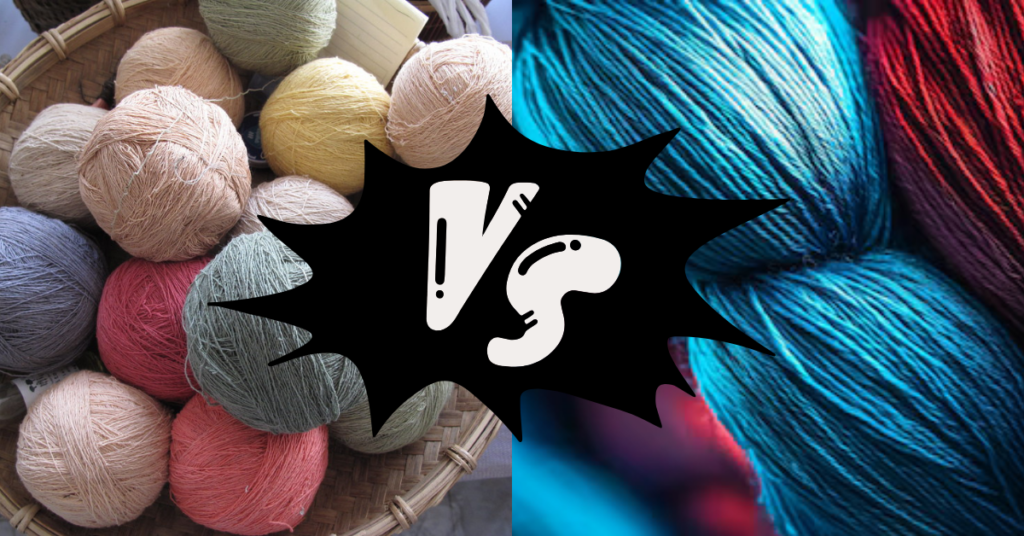
Difference between Natural Fiber and Synthetic/Man-Made Fiber:
| Natural Fiber | Synthetic Fiber |
| Occur in nature | Doesn’t occur in nature |
| Number of molecules is not limited | Number of molecules is limited |
| Number of molecules controlled by nature | Number of molecules controlled by man |
| Less durable | More durable |
| Expensive | Not expensive |
| Hygienic | Not hygienic |
| Comfortable and good for health | Unconfortable and not good for health |
| Can not grow everywhere | Can grow everywhere |
| Example: Cotton, jute, silk, etc. | Example: Nylon, polyester, rayon, etc. |
Natural Fibers: What Are They?
Minerals, plants, or animals are the sources of natural fibers. The fact that they come from renewable resources often makes them more environmentally friendly. Compared to synthetics, they are also typically more biodegradable and breathable.

Natural Fiber Types:
Plant-based fibers include hemp, bamboo, linen made from flax, and cotton. Alpaca, cashmere, silk, and wool are examples of animal-based fibers. Mineral-Based Fibers: Asbestos, although it is less common now due to health hazards.
Natural Fiber Benefits:
- Breathability: Because natural fibers let air flow, they are comfortable in hot weather.
- Hypoallergenic: A lot of natural fibers are less prone to cause skin irritation, particularly cotton and silk.
- Moisture-Wicking: The ability of wool, cotton, and linen to absorb moisture aids in controlling body temperature.
- Biodegradable: When discarded, natural fibers are more environmentally friendly because they break down over time.
Negative aspects of natural fibers:
- Maintenance: Hand washing, specific detergents, and cautious drying are some of the extra care that natural fibers may need.
- Cost: Because of their labor-intensive cultivation and harvesting methods, natural fibers like silk, cashmere, and linen are typically more expensive.
- Durability: Natural fibers derived from plants may be more susceptible to deterioration and shrinkage. For instance, wool is susceptible to moths if improperly stored.
Synthetic Fibers: What Are They?
Synthetic fibers are made from chemicals, primarily petroleum-based chemicals. Since the early 20th century, synthetic fibers have gained popularity. They often mimic natural fibers while also providing benefits like lower production costs and greater durability.
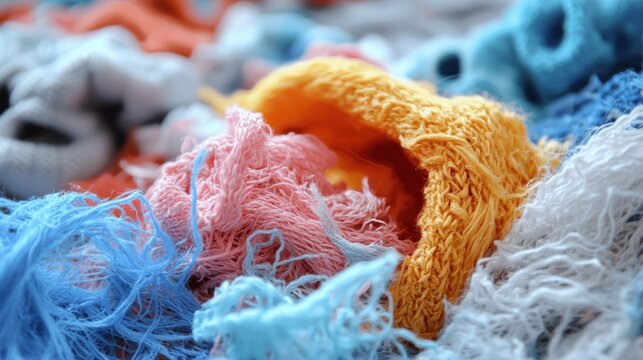
Synthetic Fiber Types:
Polyester is well known for being durable, easy to maintain, and resistant to shrinking. Nylon is widely used in sportswear due to its strength, elasticity, and resistance to mildew. Acrylic looks like wool, but it’s less expensive and frequently lighter. Spandex/Lycra provides flexibility and elasticity, making it perfect for sportswear.
Rayon: This semi-synthetic material, which is made from cellulose, is commonly used to mimic silk and cotton.
Synthetic Fiber Benefits:
- Durability: Generally speaking, synthetic fibers are stronger and more resilient to shrinkage and wear.
- Low Cost: Because their production costs are lower, their prices are more affordable.
- Moisture Resistance: A lot of synthetic fibers can withstand moisture, which makes them perfect for outerwear and sports.
- Easy Maintenance: The majority of synthetic textiles are quick-drying, wrinkle-resistant, and machine-washable.
The drawbacks of artificial fibers:
- Breathability Issues: Because synthetic fabrics do not allow air to pass through, they may not be as comfortable in hot weather.
- Non-biodegradable: Synthetic textiles contribute to plastic pollution since they can take hundreds of years to break down.
- Microplastic pollution: Microscopic plastic particles called microplastics are discharged into the ocean during the washing of synthetic fabrics, posing a threat to marine life.
- Skin Irritation: Because synthetic materials can retain heat and moisture, some people find them irritating, especially those who perspire a lot.
Conclusion: Striking a Balance
Both synthetic and natural fibers have special qualities, advantages, and disadvantages. The intended use of the fabric, your financial situation, your personal preferences, and your environmental concerns will all play a role in your decision. Avoid overwashing, recycling, or giving used textiles wherever you can, and look for fabrics made of organic or recycled materials for an environmentally friendly approach. By making informed choices, we can promote a more sustainable textile industry and benefit from both.
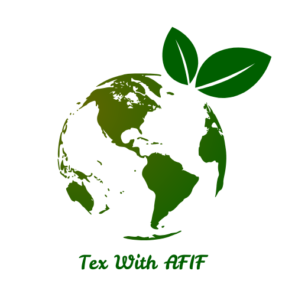
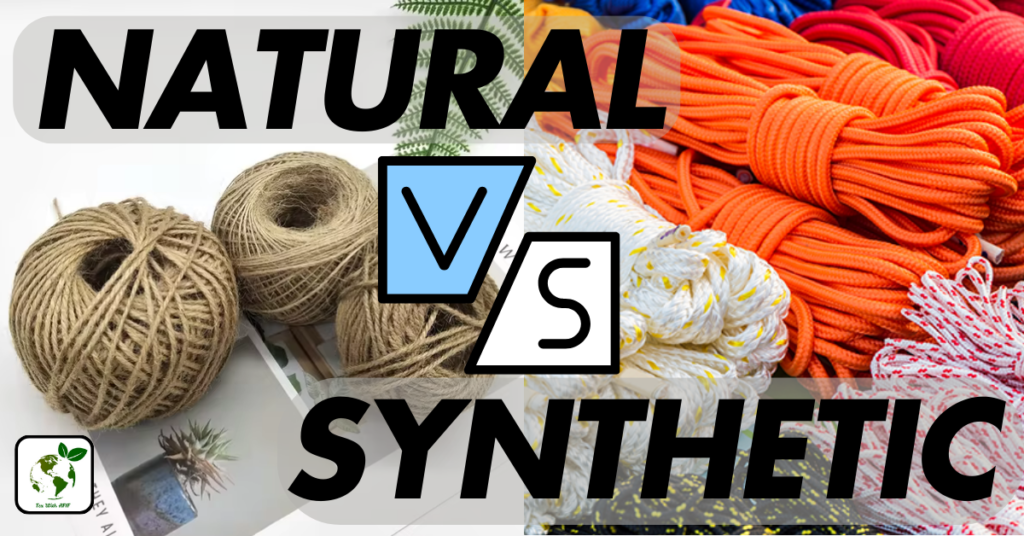
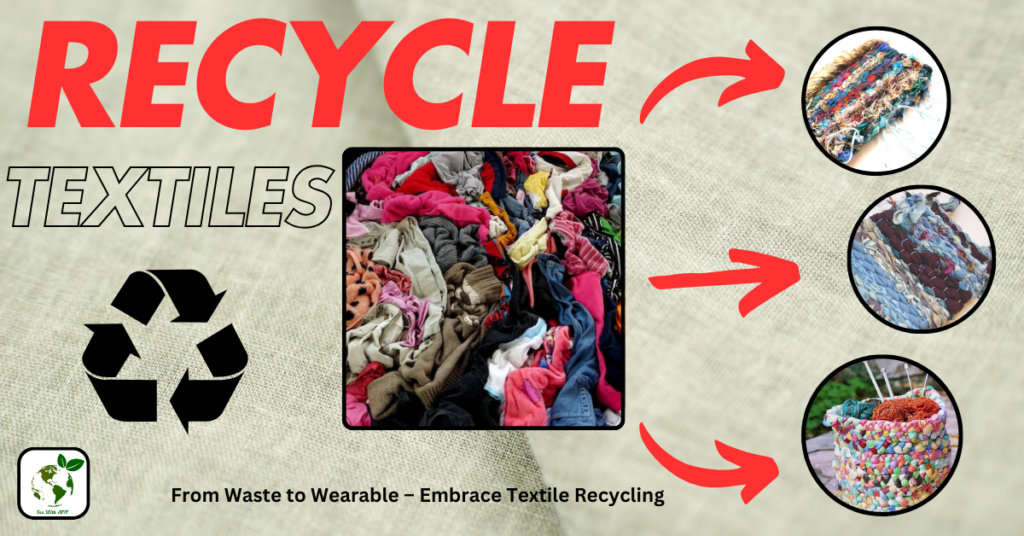
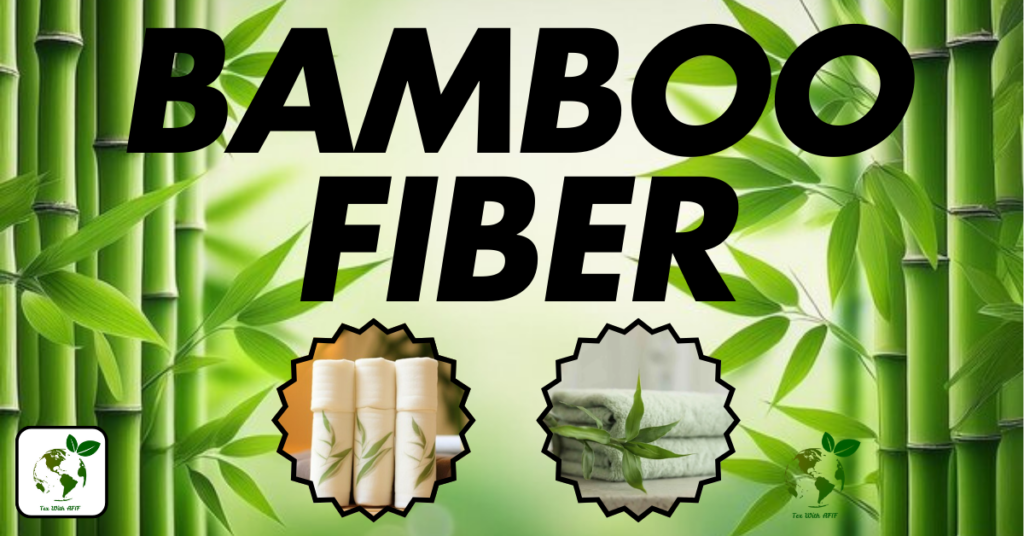
Pingback: How to recycle textiles? Recycling process of textiles 2025
Pingback: How Bamboo Fiber Fabric is made? Mechanically-Chemically
Pingback: How Spider Silk is made? Process-Fiber formation 2025
Pingback: What is GSM in textile ? Light-Medium & Heavy weight 2025
Pingback: What is Hemp Fabric?? An overview-2025///
Pingback: What is the Textile Industry? Definition-Sections &more-2025
Pingback: How Cotton Yarn is made? Full process in details-2025
Pingback: How Rayon is made? Types & Full process in details-2025
Pingback: History of Clothing and Textiles I Civilization & more-2025